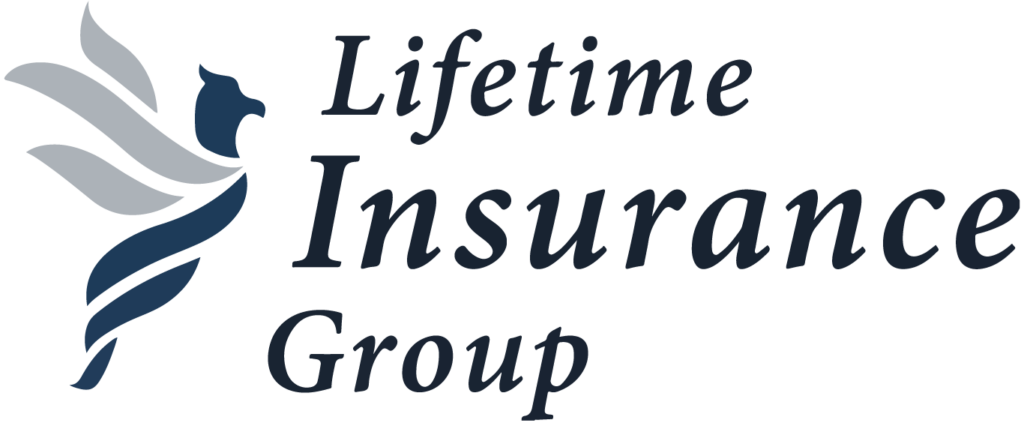Medicare Advantage
While most Medicare beneficiaries get their health coverage from Original Medicare (Part A and Part B), some choose to get their coverage from Medicare Advantage plans, also referred to as Medicare Part C. The plan serves as an alternative to Original Medicare and, in most cases, includes Medicare Part D prescription drug coverage. This part of Medicare is also provided by private insurance companies approved by Medicare.
To make sure you have a complete understanding of your Medicare options, we’ll explore some of the things you need to know about Medicare Advantage plans.
What Do They Cover?
All Medicare Advantage plans are required to provide the same coverage as Original Medicare, but they also can include additional benefits. These additional benefits could include:
- Vision coverage
- Dental coverage
- Hearing coverage
- Prescription drug coverage (as mentioned previously)
- Adult daycare
- Gym memberships
- Nutrition and wellness programs
- Transportation to doctor appointments
Get Your Coverage
We are not connected with or endorsed by the United States government or the federal Medicare program.
Medicare Advantage Costs
People who sign up for Medicare Advantage plans are still required to pay their Medicare Part B premium. However, most Medicare Advantage plans have a $0 premium.
These plans also have a maximum out-of-pocket limit of $7,550 as of 2021.
Choosing the Right Medicare Advantage Plan
These plans are a great choice for many people who use Medicare coverage, but many things go into deciding which Medicare Advantage plan works best for you. This includes going over the different types of Advantage plans available:
- Health Maintenance Organization (HMO) – HMO plans are the cheaper option compared to PPO plans. This is because they require their members to use their in-network providers to get care. Going outside of this network will most likely result in you paying more out-of-pocket and not receiving coverage at all. These plans also require you to choose a primary care doctor and get referrals to see specialists.
- Preferred Provider Organization (PPO) – PPO plans are a bit more costly than HMO, but they also provide more flexibility. For example, while these plans do have provider networks, you are not limited to them. You can receive care from outside the network, and you don’t have to choose a primary care doctor or get referrals.
- Special Needs Plans (SNPs) – SNPs are created for those with specific needs and are tailored to meet those specific needs. There are three plans within the SNP you might qualify for. These plans include Dual-Eligible SNP (D-SNP), Chronic Condition SNP (C-SNP), and Institutional SNP (I-SNP).
- Medical Savings Account (MSA) – MSA plans combine a savings account and a high deductible plan to provide coverage. In short, you will have to pay this high deductible before your plan provides coverage. However, you can use the money deposited into the savings account to pay towards your deductible.
- Private Fee-For-Service (PFFS) – These specific plans will decide how much you will pay for the services and care you receive. They will also decide how much they will pay for those services.
Need Help?
If you’d like to learn more about your Medicare Advantage plan options, contact The Lifetime Insurance Group today. All you have to do is give us a call at 712-318-6211 and we will walk you through all the options!
